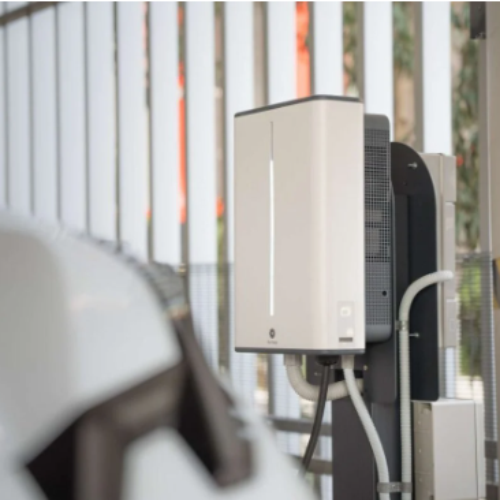Mayor of London Sadiq Khan has today unveiled highly ambitious plans for the city’s entire transport network to be zero emission by 2050.
Khan this morning released a new transport strategy for the capital, detailing how the zero emission target will lead to a “fairer, greener, healthier and more prosperous” city for its residents.
With a significant portion of the capital’s public transport – namely London’s Underground – already electrified, the bulk of Khan’s zero emission plan narrows in on vehicle use.
The strategy first and foremost wants to cut as many as three million car journeys within London’s borders. A phased approach to ensuring vehicles operating in London are zero emission will also be introduced.
All taxis and private hire vehicles in London are to be zero emission by 2033, with Transport for London’s bus fleet to follow four years later. All new road vehicles in the capital must be zero emission by 2040 as the capital’s entire transport network intends to be deemed zero emission by 2050.
The ambitious strategy does however note that electric vehicle charging must be prioritised if these targets are to be met. Khan has said there must be a “major expansion” in EV charging infrastructure from now and throughout the 2020s, with TfL urged to take “significant steps” to achieve that.
London’s EV charging infrastructure has been the subject of frequent criticism as the capital has repeatedly missed targets set by Khan’s predecessor Boris Johnson for the number of EV chargers available within its borders.
Since then various funding drives to further EV adoption, particularly amongst businesses, has been unveiled.
Khan said it was vital that a “bold approach” to travel was adopted.
“That’s why today I’m setting out a new long-term vision for our capital – one that puts walking, cycling and zero-emission public transport right at the heart of our day-to-day lives. So while we are delivering affordable, reliable and accessible transport through the improved services and new infrastructure that we need, we’re also changing the whole way we look at transport as a whole.
“Only by focusing on active travel, providing efficient zero-emission transport and reducing our dependency on cars, can we improve the health of Londoners, support economic growth, deliver homes and jobs, and make our city an even better place to live,” he said.
The early response to the new strategy suggests that it has been well received, particularly given recent headline attention afforded to the capital’s well-documented air quality issues. The government’s broader air quality plan has seen it taken to court by legal group ClientEarth.
Paul Morozzo, clean air campaigner at Greenpeace, said: “This ambitious, well-thought-through long-term vision for the London transport system is very welcome. Investing in public transport, walking and cycling is crucial to solving the air pollution problem effectively.
“We also look forward to the Mayor’s initiatives in the short term which will improve air quality by helping to phase out the diesel vehicles responsible for much of the roadside pollution blighting our city and expanding the ultra-low emissions zone. London is a city at the cutting-edge of so many fields – let’s turn it into a clean transport leader too.”






